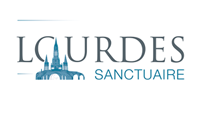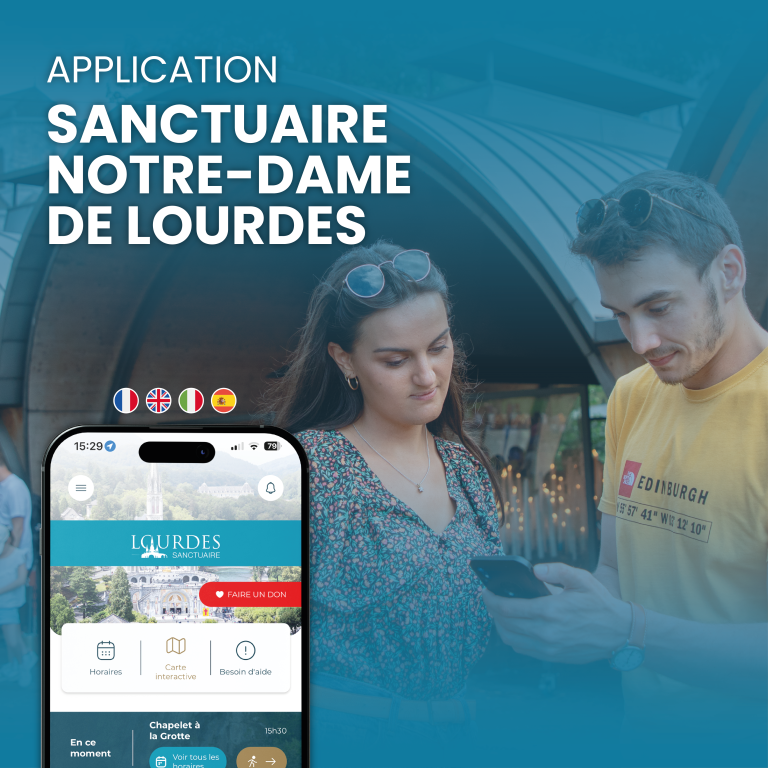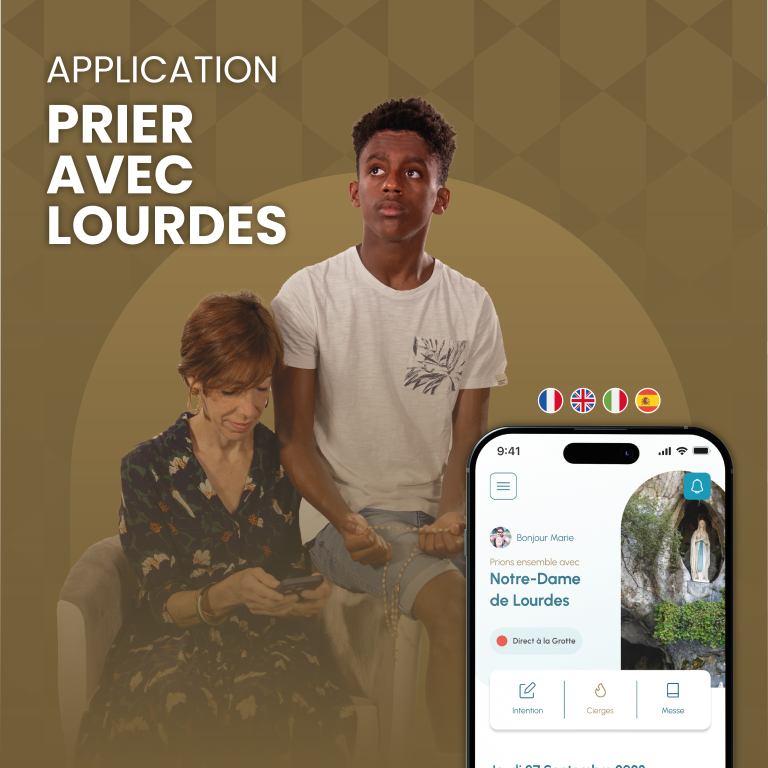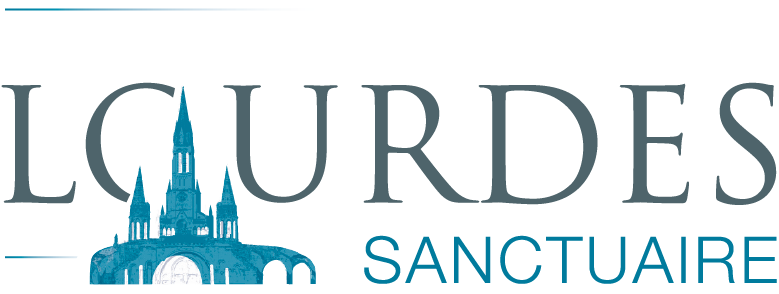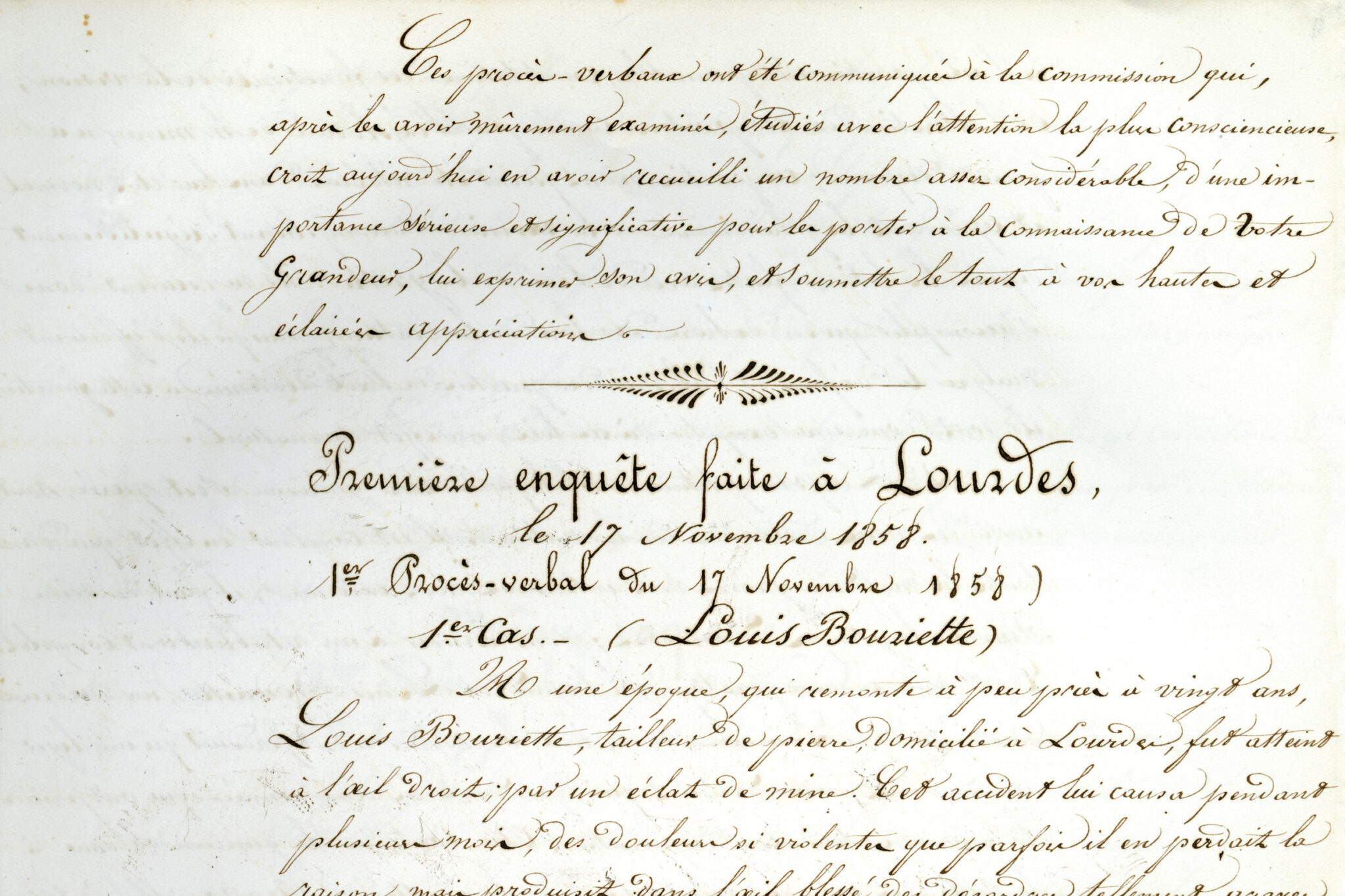
The miracles of Lourdes
At Lourdes, the first miracles took place after the apparitions of the Virgin Mary to Bernadette in 1858.
Since then, thousands of declarations of cures have been collected by an institution that is unique in the world: the “Bureau des Constatations Médicales” (Medical Bureau of the Sanctuary).
A MEDICAL INVESTIGATION OFFICE UNIQUE IN THE WORLD
Founded in 1883, the “Bureau des Constatations Médicales de Lourdes” (Medical Bureau of the Sanctuary) is, like the baths1, part of the historical heritage of the Sanctuary of Our Lady of Lourdes. It is a unique place in the world, as no other shrine, regardless of religion, benefits from the permanent presence of a doctor in charge of noting, verifying and investigating cases of supposed cures.
While more than 7,000 cases of healing have been reported at Lourdes since the apparitions, 70 cases have been recognised as miraculous by the Church2 so far. More than 80% of the cures recognised as miraculous concern women. The youngest person whose healing was recognised as miraculous was 2 years old. The countries of origin of the people whose healing was recognised as miraculous are: France (56), Italy (8), Belgium (3), Germany (1), Austria (1) and Switzerland (1). Six people claim to have been cured by the intercession of Our Lady of Lourdes while they had not come to Lourdes. Most of the people were healed by contact with Lourdes water (50), most of them at the Sanctuary’s baths.
HISTORY
At the request of Father Rémi Sempé, Father of Garaison, first Rector of the Sanctuary, Dr Georges-Fernand Dunot de Saint-Maclou established the “Bureau des Constatations Médicales” (Medical Bureau of the Sanctuary), so that no one would leave Lourdes claiming to be “cured” without having submitted his or her healing story to a rigorous and collegiate medical assessment. In 1886, through the Archbishop of Cagliari, Monsignor Vincenzo Gregorio Berchialla, Pope Leo XIII gave his approval to the rigorous procedures of the Medical Bureau of Lourdes. And in 1905, the Bishop of Tarbes received confirmation from the Holy See of his right to use the procedures of the Medical Bureau of the Sanctuary to study the reported cures. This right still applies today.
DECLARATION OF A MIRACLE: 4 DECISIVE STEPS
The permanent doctor of the Medical Bureau of Lourdes, Dr Alessandro de Franciscis, who has been in charge of this mission since 2009, receives the people who wish to declare a cure. If he considers the case to be serious and worthy of further investigation, he will call in his fellow doctors and carers who are present at Lourdes on that day and who have registered their presence at the Medical Bureau of the Sanctuary. If the doctors collectively decide to continue the investigation, the cure is then subject to a long research process, which may last several years, and at the end of which the members of the International Medical Committee of Lourdes (CMIL) vote that the cure is “unexplained in the present state of our knowledge”.
The result of the CMIL vote is then reported to the bishop of the cured person’s place of residence. It is then up to the bishop, as the representative of the Church hierarchy, to decide whether to declare a miracle3.
The doctors’ work and voting must meet a set of 7 criteria4:
- The 1st criterion is that the disease is serious, with an unfavourable prognosis.
- Secondly, the disease must be known and recorded by medicine.
- Thirdly, this disease must be organic, lesional, that is to say, there must be objective, biological, radiological criteria, everything that currently exists in medicine; this means that even today we will not recognise cures of pathologies without precise objective criteria, such as psychological, psychiatric, functional, nervous diseases, etc. (this does not mean that these diseases cannot be cured, but according to the criteria of the Church, they will not be recognised as miracles in the current state of affairs).
- Fourthly, there must not have been any treatment to which the cure could be attributed.
- The 5th criterion concerns the timing of the cure itself: recovery must be sudden, instantaneous, immediate and without convalescence.
- Finally, after the cure, there are two additional criteria: it must not simply be a regression of symptoms but a return of all vital functions, and finally, it must not simply be a remission but a cure, i.e. lasting and definitive.
1 – The ritual of bathing in the baths of the Sanctuary of Our Lady of Lourdes is inscribed in the intangible cultural heritage.
2 – Gallery of portraits of the 70 miracles of Lourdes on the 1st floor of the Accueil Jean-Paul II.
3 – Miracle: “An extraordinary and awe-inspiring fact outside the usual course of events. It is a manifestation of God’s power and intervention which brings a revelation of his presence and the freedom he uses to accomplish his purposes. The miracle does not have its own purpose; it directs our gaze further by revealing the immediate presence of God” (Source: French Bishops’ Conference).
4 – These are the same criteria used by the Congregation for the Causes of Saints in the Vatican which uses them in the recognition of miracles in connection with beatifications and canonisations. They were defined by Cardinal Lambertini (future Pope Benedict XIV).

